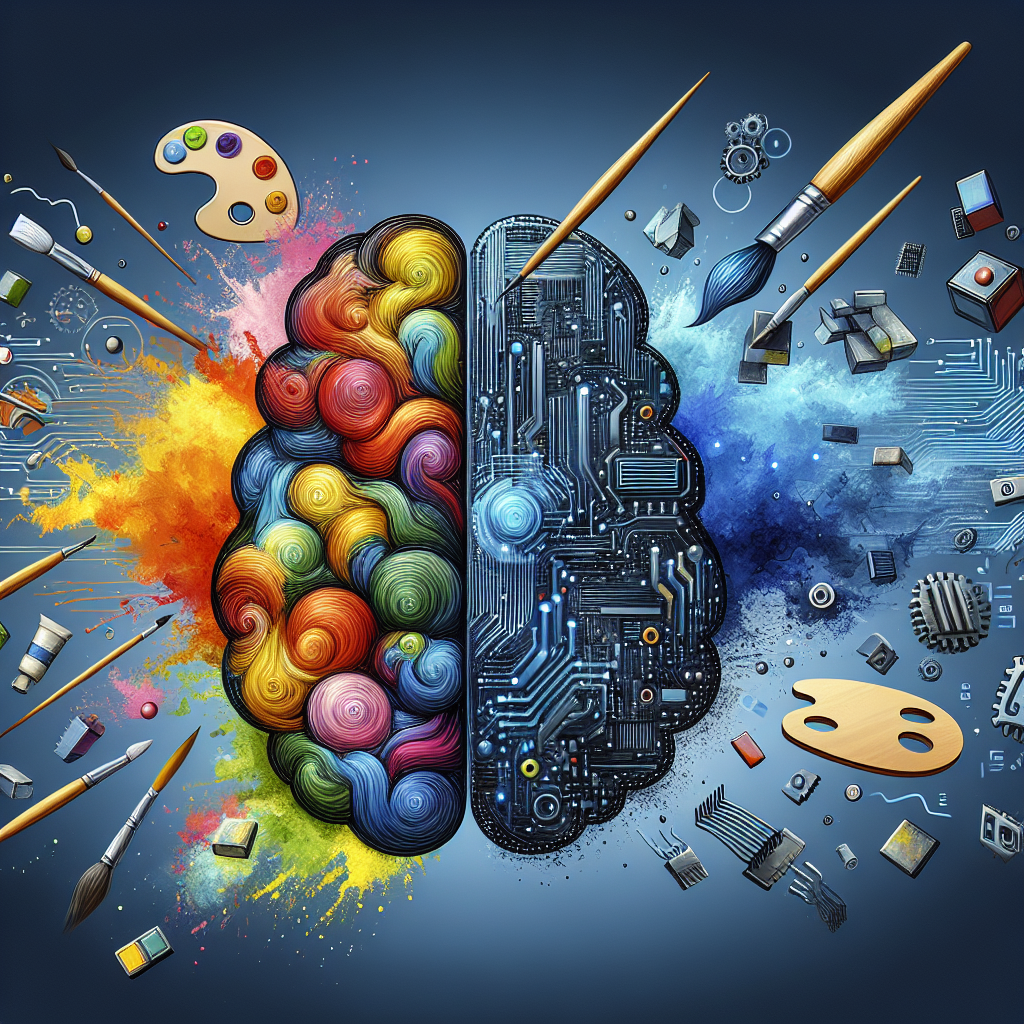Your cart is currently empty!
Unleashing the Potential of AI in Art: Innovations and Implications

Artificial intelligence (AI) has revolutionized various industries, including healthcare, finance, and transportation. However, one area that is often overlooked is its impact on the world of art. AI has the potential to unleash a new wave of creativity and innovation in the art world, transforming the way we create, consume, and appreciate art.
One of the most significant ways AI is being utilized in art is through the creation of generative art. Generative art is created using algorithms and machine learning techniques to produce unique and original pieces of art. Artists and designers can use AI to generate complex and intricate patterns, shapes, and colors that would be impossible to create manually. This opens up new possibilities for artistic expression and allows artists to explore new styles and techniques.
Another area where AI is making a significant impact is in the field of art restoration. AI algorithms can analyze and restore damaged or degraded artworks, helping to preserve cultural heritage and history. By using machine learning techniques, AI can accurately identify and recreate missing or damaged parts of a painting or sculpture, allowing art enthusiasts to appreciate these works in their original glory.
AI is also being used to enhance the art viewing experience for audiences. Museums and galleries are exploring the use of AI-powered tools to provide interactive and personalized experiences for visitors. For example, AI algorithms can analyze a person’s facial expressions and emotions as they view a piece of art, providing insights into their preferences and interests. This information can then be used to recommend other artworks or exhibitions that may resonate with the viewer.
Despite the numerous innovations and advancements in AI art, there are also concerns and implications to consider. One of the main concerns is the potential for AI to replace human artists and designers. While AI can assist in the creative process, it is essential to remember that art is a deeply human expression of emotion, imagination, and creativity. AI should be seen as a tool to enhance and complement human creativity, rather than replace it.
Additionally, there are ethical considerations surrounding the use of AI in art, particularly in terms of copyright and ownership. As AI-generated art becomes more prevalent, questions arise about who owns the rights to these creations. Artists, designers, and policymakers must work together to establish clear guidelines and regulations to protect the rights of creators and ensure that AI is used ethically and responsibly in the art world.
In conclusion, AI has the potential to unleash a new wave of creativity and innovation in the art world. From generative art to art restoration and personalized art experiences, AI is transforming the way we create, consume, and appreciate art. However, it is crucial to approach the use of AI in art with caution and consideration, ensuring that it is used ethically and responsibly to enhance, rather than replace, human creativity. By embracing the potential of AI in art, we can unlock new possibilities and push the boundaries of artistic expression.

Leave a Reply